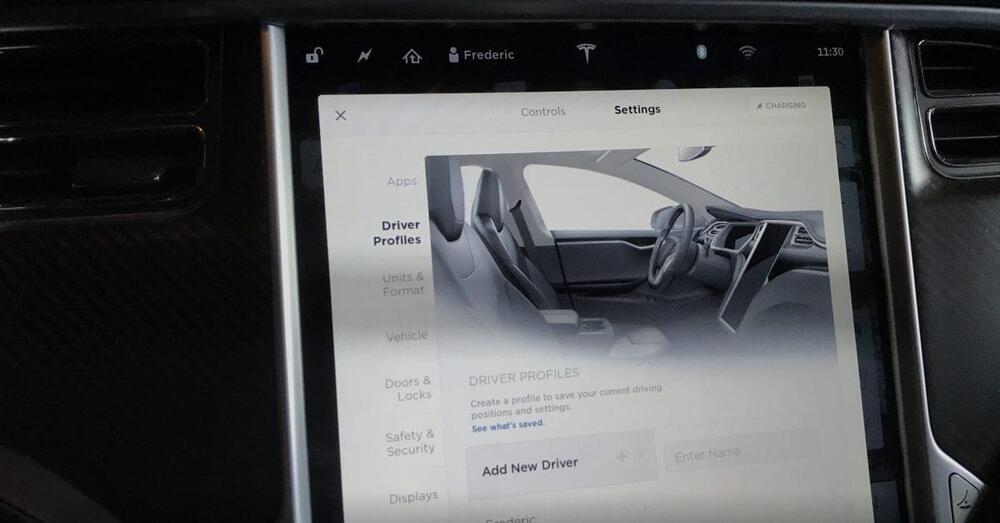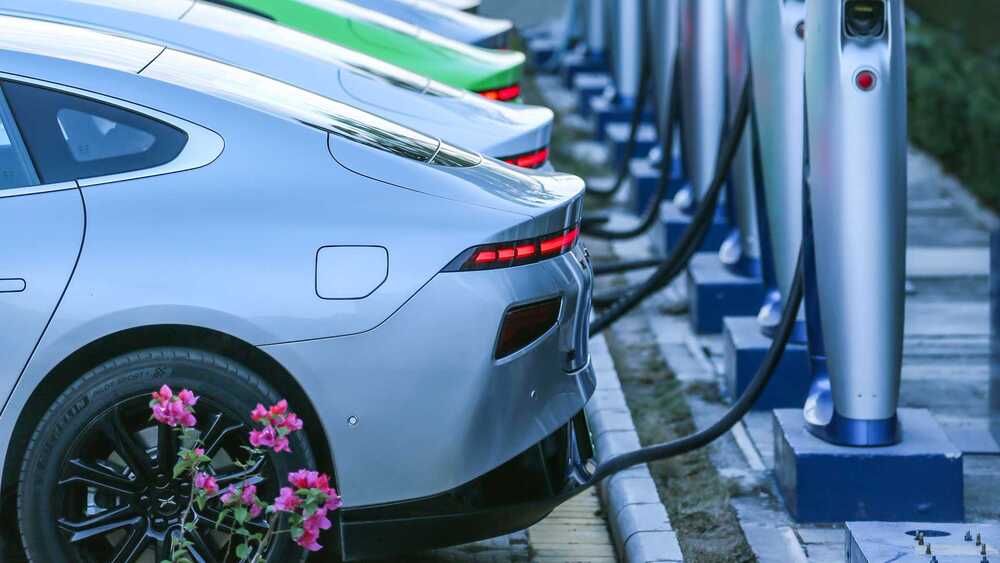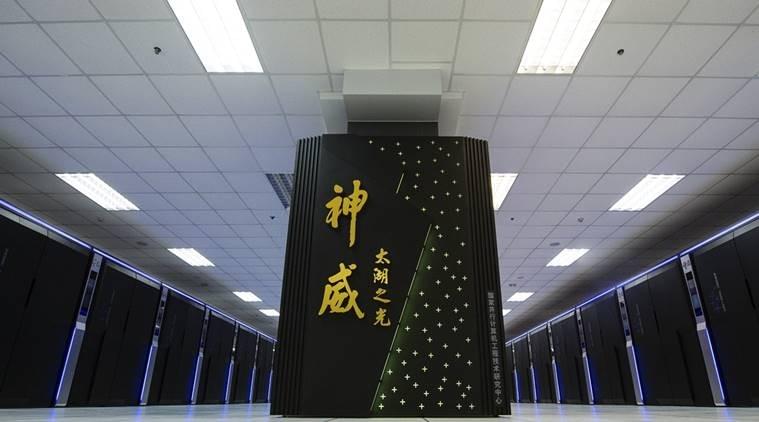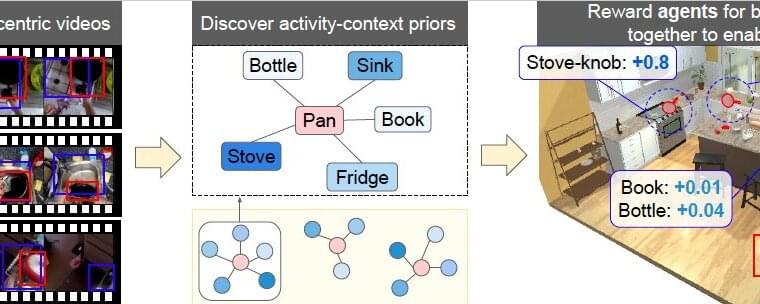The gallery also contains a very clear shot of its interior which shares most visible parts with other ID-badged models.



Tesla is working on moving driver profiles to the cloud in order to sync them between vehicles.
It will make it easier for owners of multiple Teslas and for people renting or sharing Tesla vehicles.
Over the last few years, Tesla has been making moves to build a smooth experience for a self-driving and car-sharing future.

China is the world largest electric vehicle market and not surprisingly, has the world’s highest number of charging points.
According to the China Electric Vehicle Charging Infrastructure Promotion Alliance (EVCIPA) (via Gasgoo), as of the end of September 2,021 there were 2.223 million individual charging points in the country. That’s a 56.8% increase year-over-year.
However, this is the total number, which consists of over 1 million publicly accessible points, and an even higher number of almost 1.2 million private points (mostly for fleets, as we understand).



This could hopefully be used to train robot hands how to handle everyday objects, a billion times over.
Over the past decade or so, many roboticists and computer scientists have been trying to develop robots that can complete tasks in spaces populated by humans; for instance, helping users to cook, clean and tidy up. To tackle household chores and other manual tasks, robots should be able to solve complex planning tasks that involve navigating environments and interacting with objects following specific sequences.
While some techniques for solving these complex planning tasks have achieved promising results, most of them are not fully equipped to tackle them. As a result, robots cannot yet complete these tasks as well as human agents.
Researchers at UT Austin and Facebook AI Research have recently developed a new framework that could shape the behavior of embodied agents more effectively, using ego-centric videos of humans completing everyday tasks. Their paper, pre-published on arXiv and set to be presented at the Neural Information Processing Systems (NeurIPS) Conference in December, introduces a more efficient approach for training robots to complete household chores and other interaction-heavy tasks.
Visit our sponsor, Brilliant: https://brilliant.org/IsaacArthur/
Artificial Intelligence offers many challenges, including criminals using AI to break the law, but also of AI, robots, and androids becoming criminals themselves.
Visit our Website: http://www.isaacarthur.net.
Support us on Patreon: https://www.patreon.com/IsaacArthur.
Facebook Group: https://www.facebook.com/groups/1583992725237264/
Reddit: https://www.reddit.com/r/IsaacArthur/
Twitter: https://twitter.com/Isaac_A_Arthur on Twitter and RT our future content.
SFIA Discord Server: https://discord.gg/53GAShE
Listen or Download the audio of this episode from Soundcloud: Episode’s Audio-only version: https://soundcloud.com/isaac-arthur-148927746/criminal-ai.
Episode’s Narration-only version: https://soundcloud.com/isaac-arthur-148927746/criminal-ai-narration-only.
Credits:
Criminal AI
Science & Futurism with Isaac Arthur.
Episode 314 October 28 2021
Written by:
Isaac Arthur.
Jerry Guern.
Produced & narrated by isaac arthur.

His views on the talent management system are roughly similar: there will be some new costs intended to be covered by savings elsewhere, though he admits he’s not sure yet whether the service will see a net savings or if the additional costs may mean it fields a smaller force.
“We haven’t figured it all out yet,” Berger said. “Our premise is we can’t afford not to do this. Whether it comes out plus in the black or the red, we don’t know yet.”
The Marine Corps would spend more money on higher salaries for higher-ranked Marines. It would spend more money on bonuses and benefits to entice qualified Marines to stick around. It would have to pay for digitized personnel systems and the AI tools and decision aids. However, it would spend less on personnel who process new recruit applications, if it were bringing in fewer Marines and screening fewer candidates.
A video on possible examples of how a government can try to manipulate is populace. It may be good to be more aware of its dangers.
Chinese citizens are being told to treat the USA and the Outside world as the Enemy, they’re being prepared for war whilst we tiptoe around worrying about hurting the feelings of the Chinese government… Time to wake up.
For a deeper dive into China’s Propaganda influence and soft power, watch our liveshow ADVPodcasts: https://www.youtube.com/advpodcasts.
Support Sasha and I on Patreon: http://www.patreon.com/serpentza.
Bitcoin — bc1qxfjp2t6x5dpslv59u0jl89m6k643hcn8h2jsvp.
Ethereum — 0x6Da150a2A8529110017Ed4db68B3dF0084900280
Paypal: https://paypal.me/serpentza.
DOCUMENTARY LINKS:
Get updated on the efforts of the organization; “Ocean Cleanup” in cleaning up the oceans. The video also details the technology and systems they are using.
The nonprofit global cleaning crew called The Ocean Cleanup, led by founder and CEO Boyan Slat, announced recently that it had reached viability of its ocean plastic-collecting System 2 technology and plans to begin cleaning plastic pollution in the Great Pacific Garbage Patch immediately while beginning development of System 003.
The Ocean Cleanup https://theoceancleanup.com.
THE OCEAN CLEANUP PROVES VIABILITY OF TECHNOLOGY WITH SYSTEM 002; REMOVAL OF PLASTIC FROM GREAT PACIFIC GARBAGE PATCH TO BEGIN IMMEDIATELY https://bit.ly/3BEbNtJ
Check out the Team Seas collab with The Ocean Cleanup and get involved https://teamseas.org.